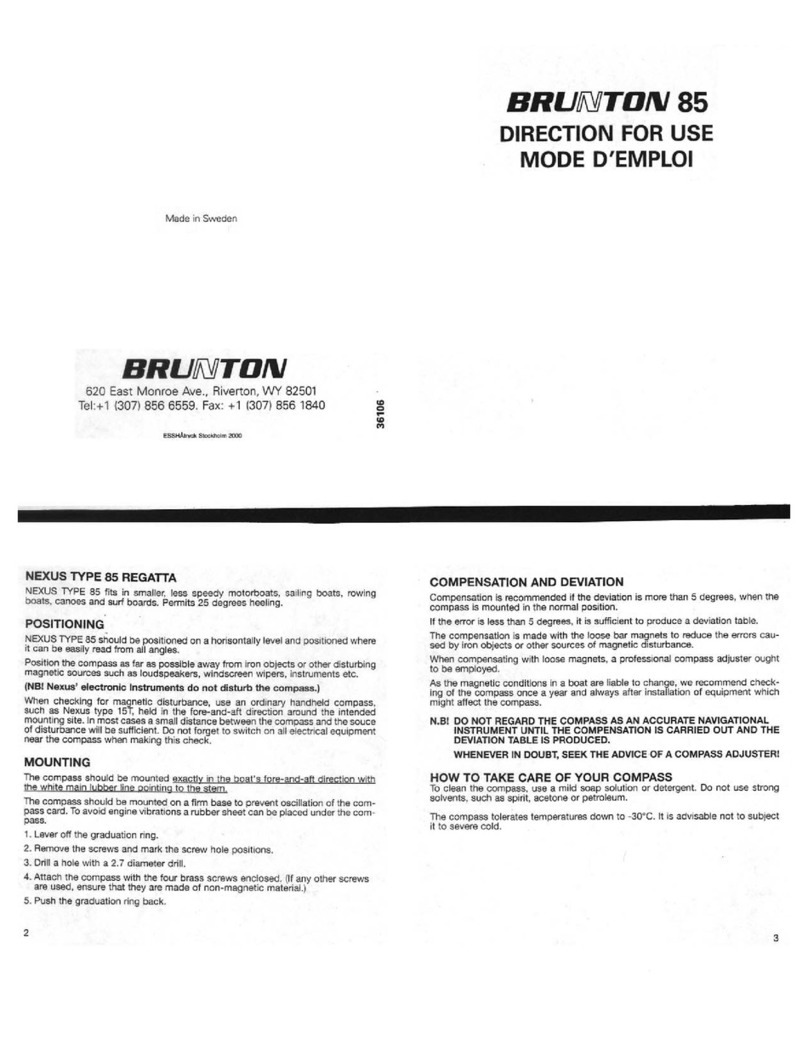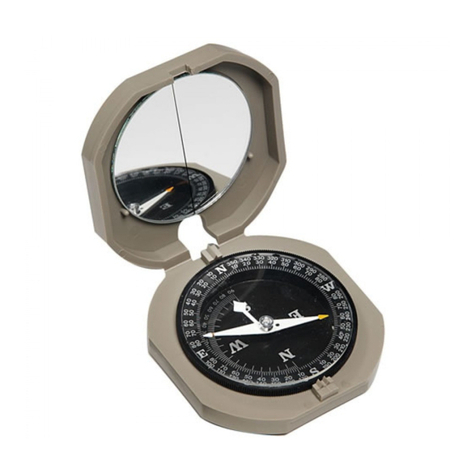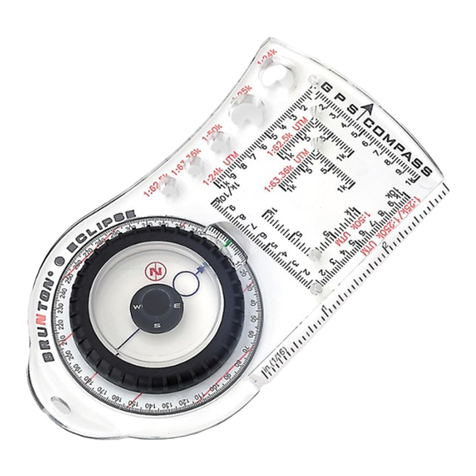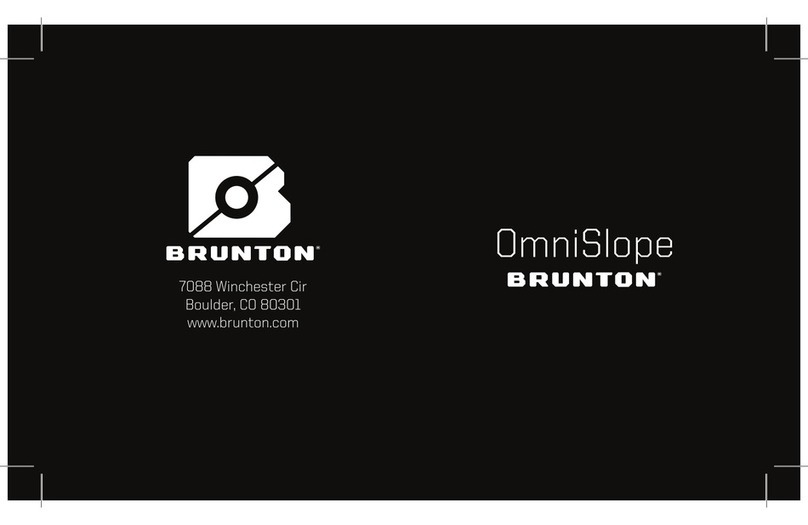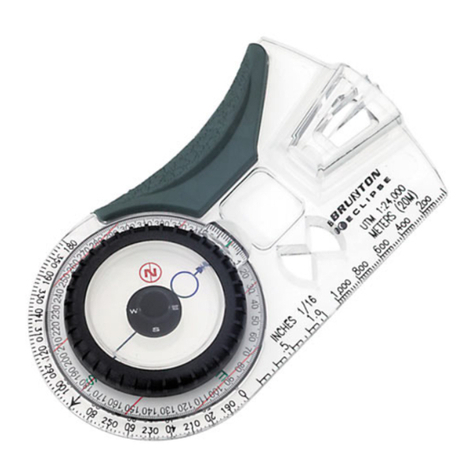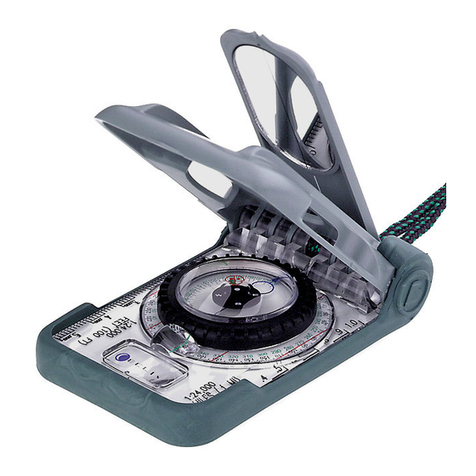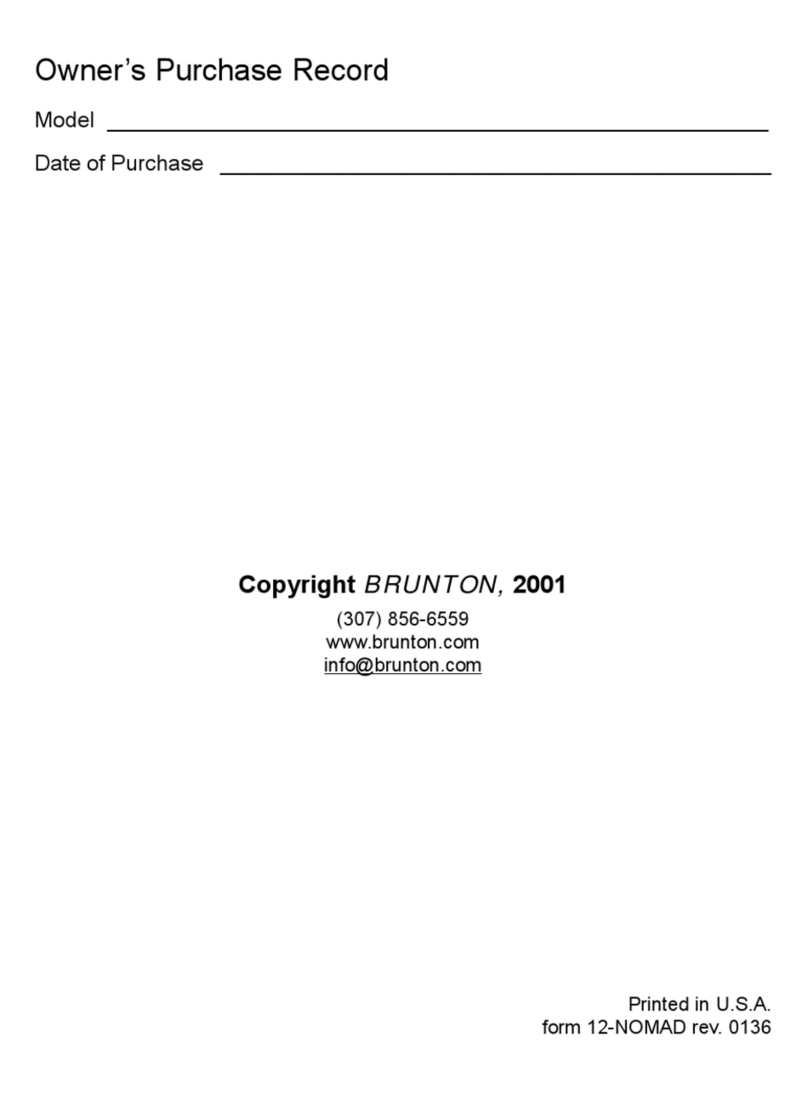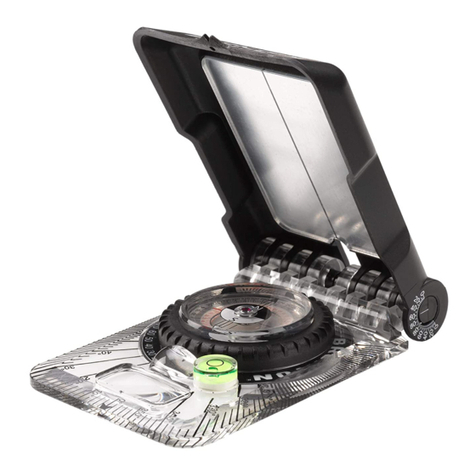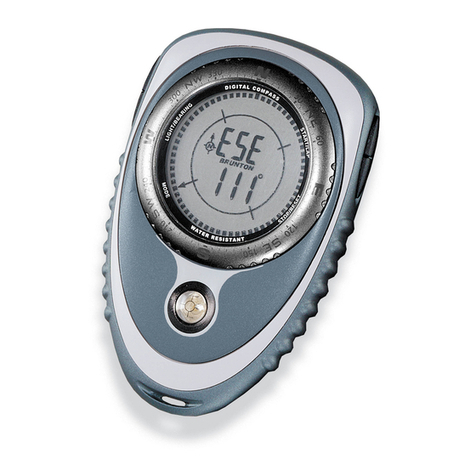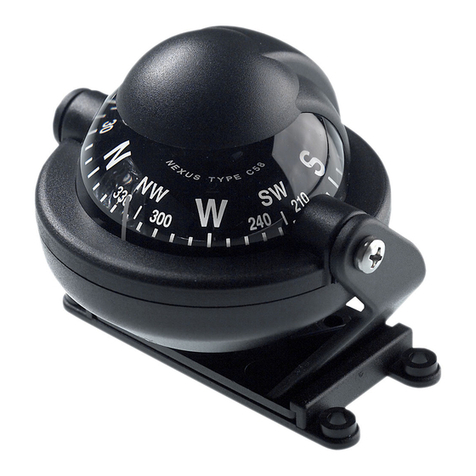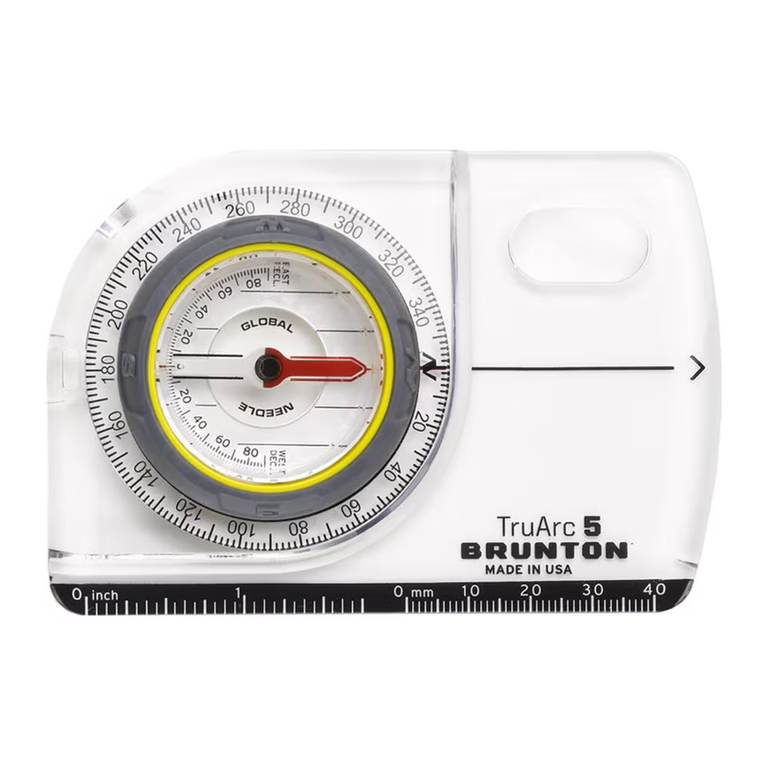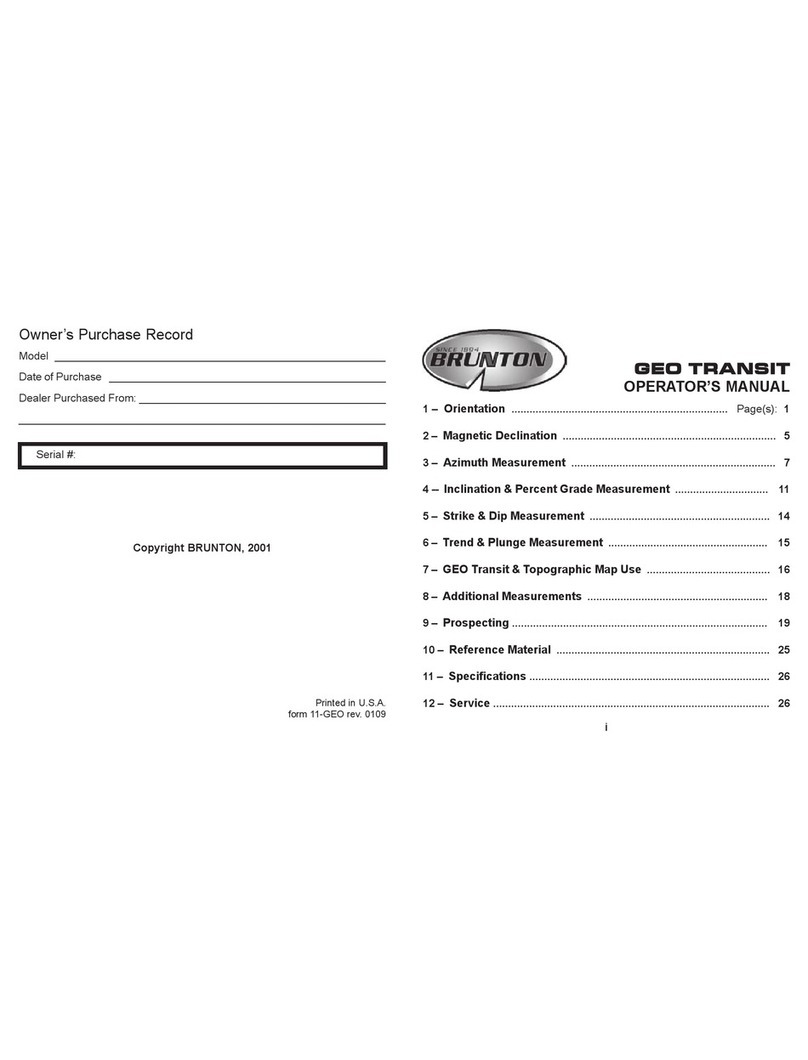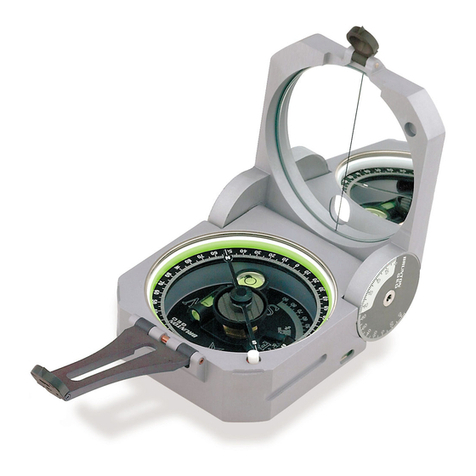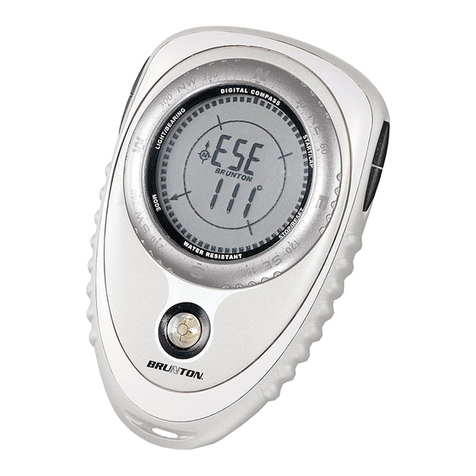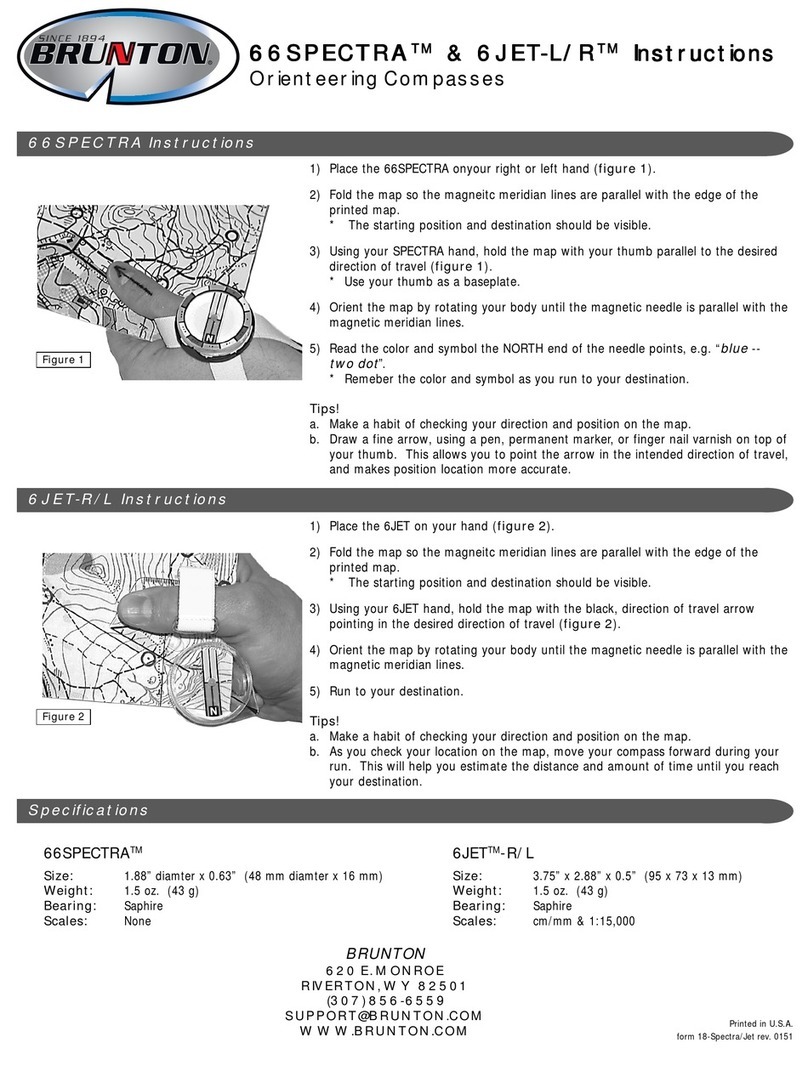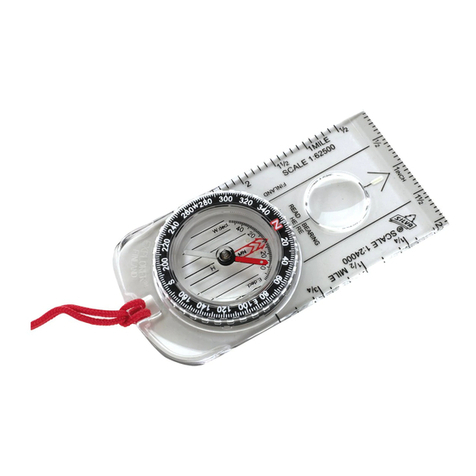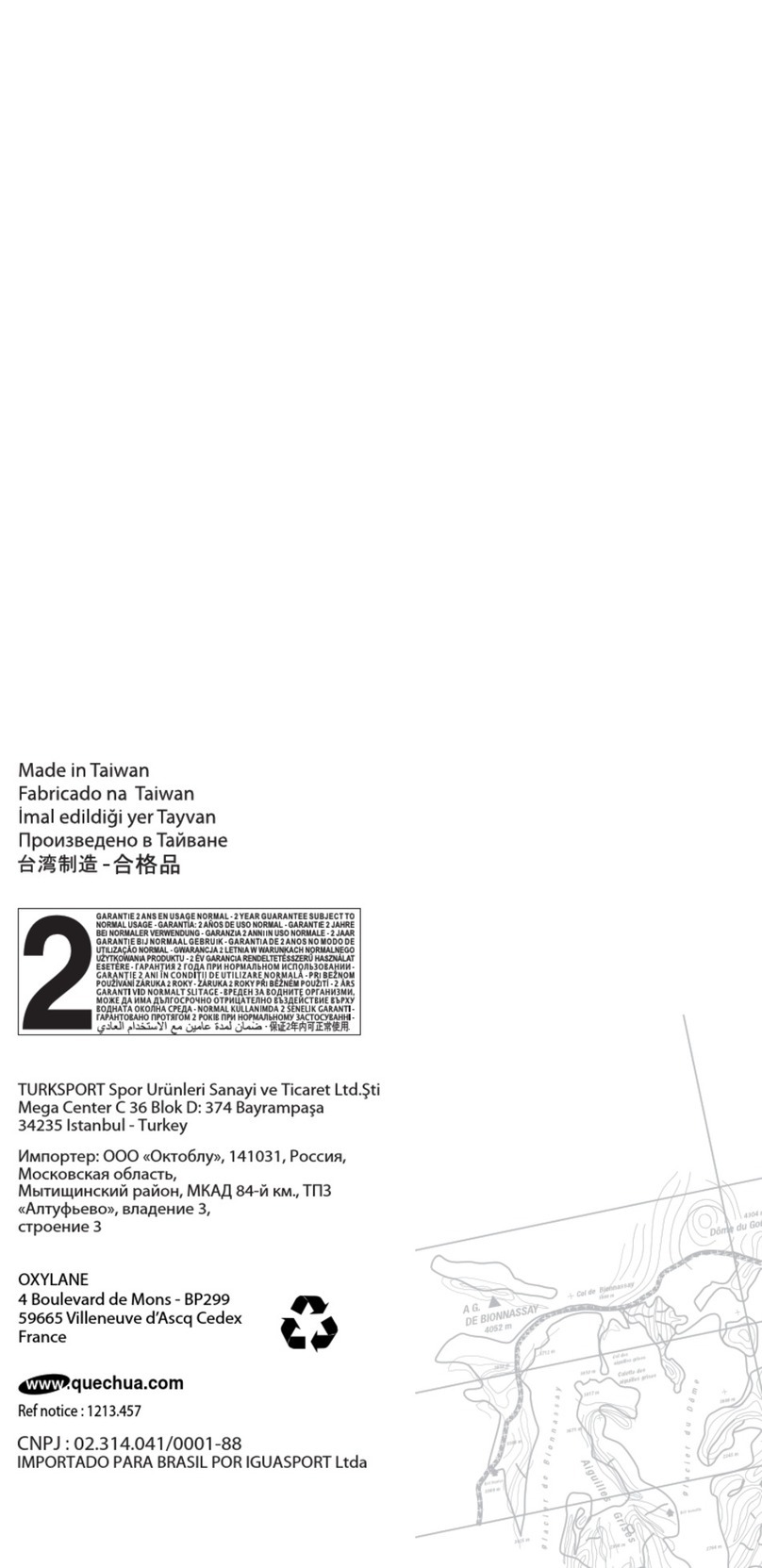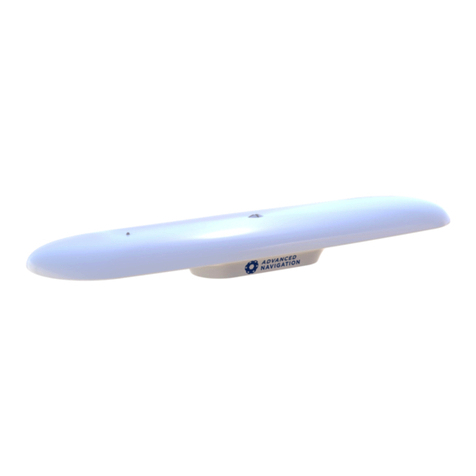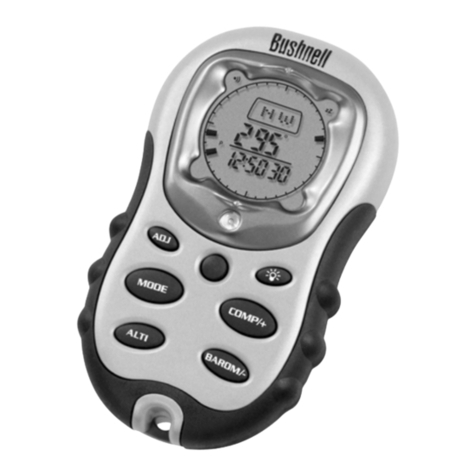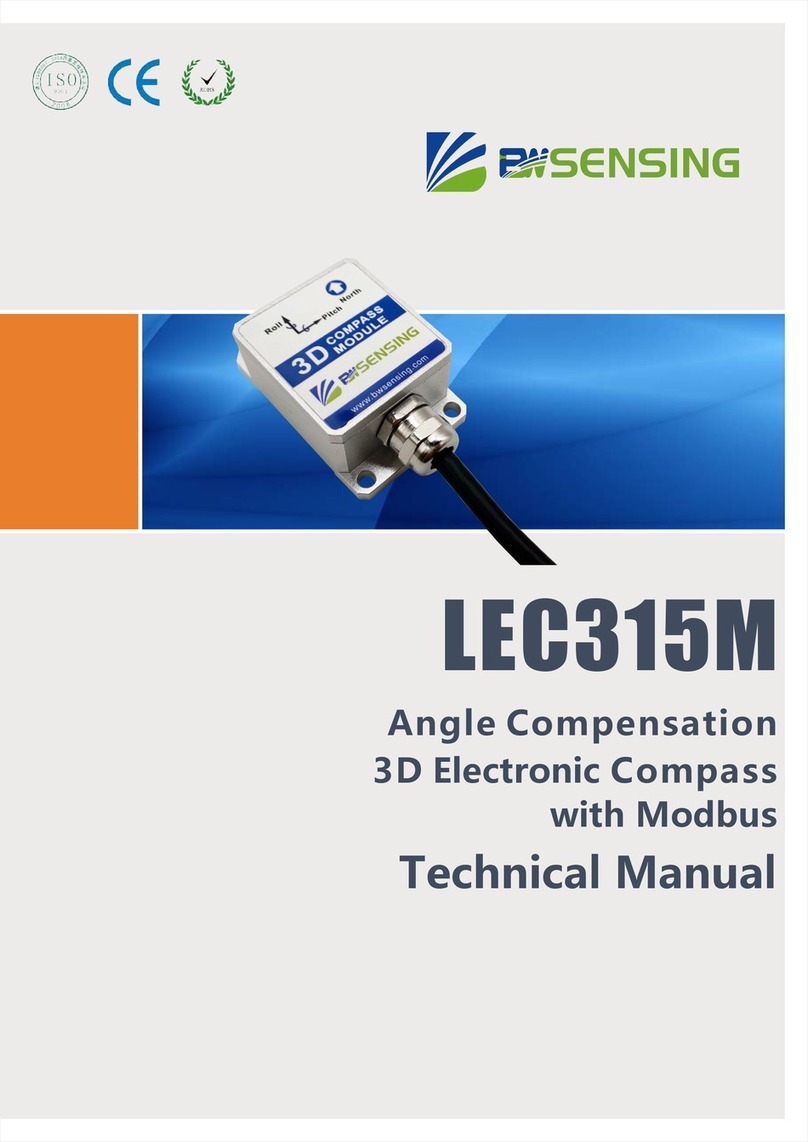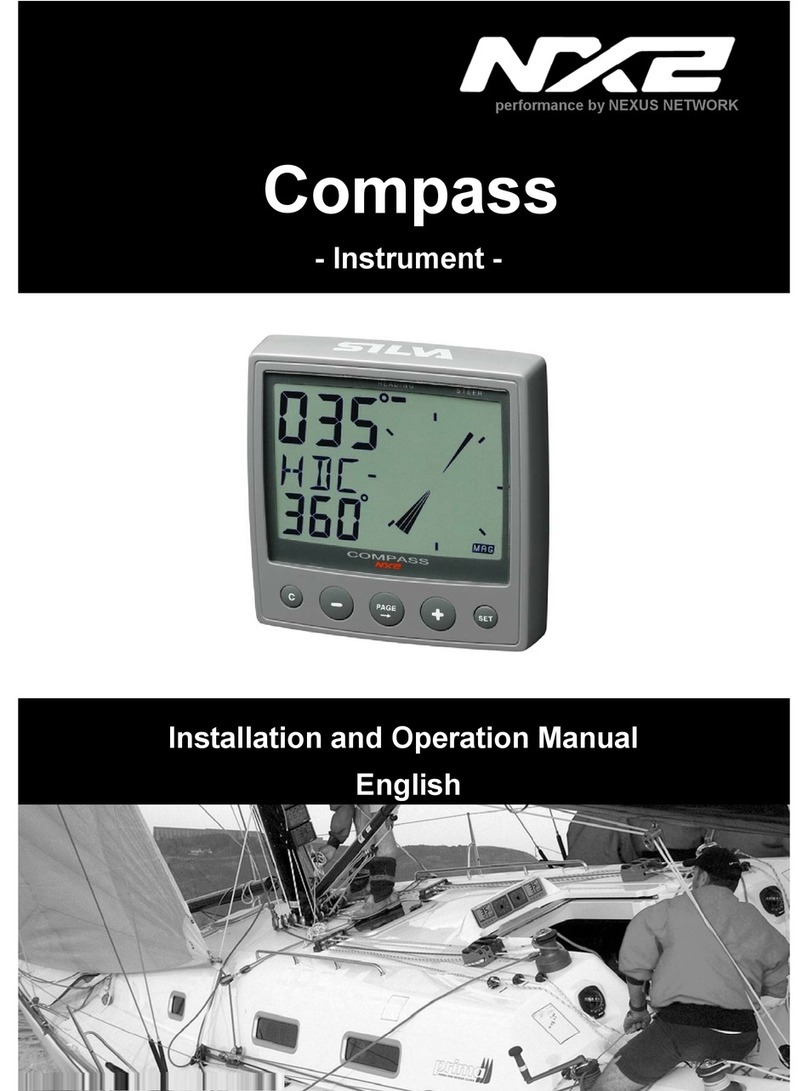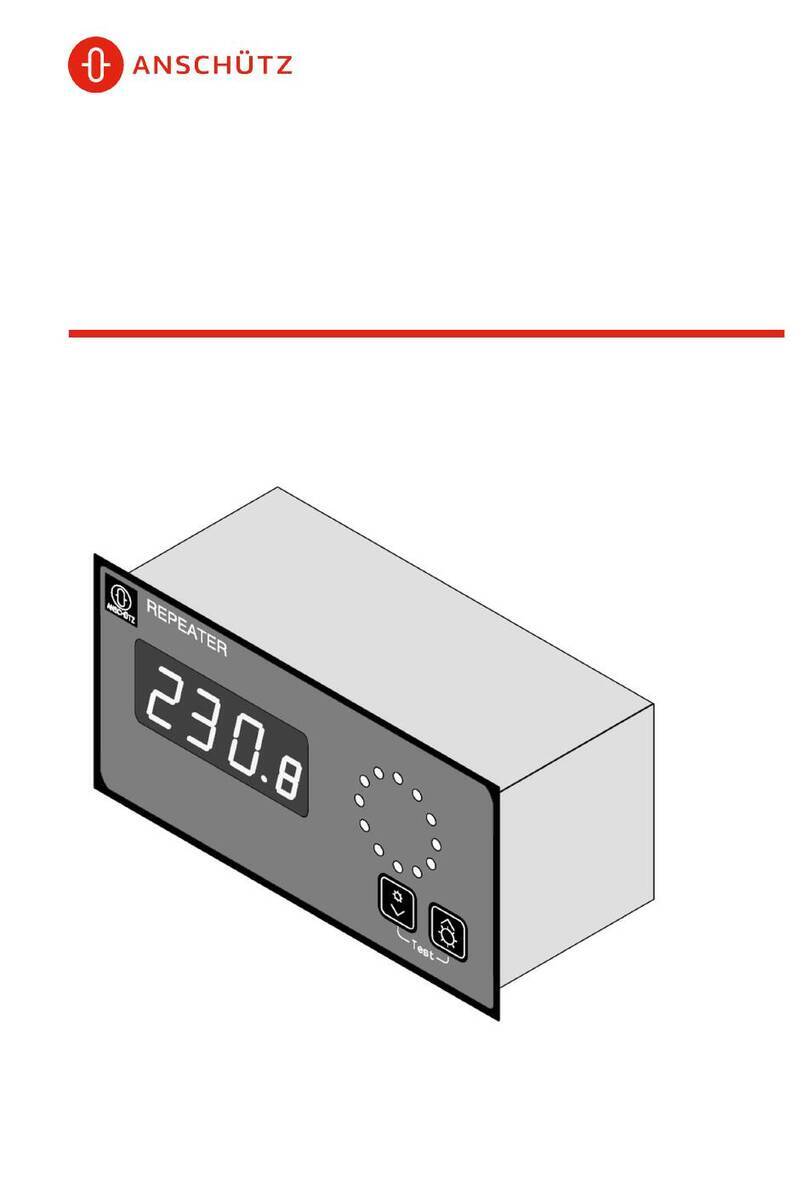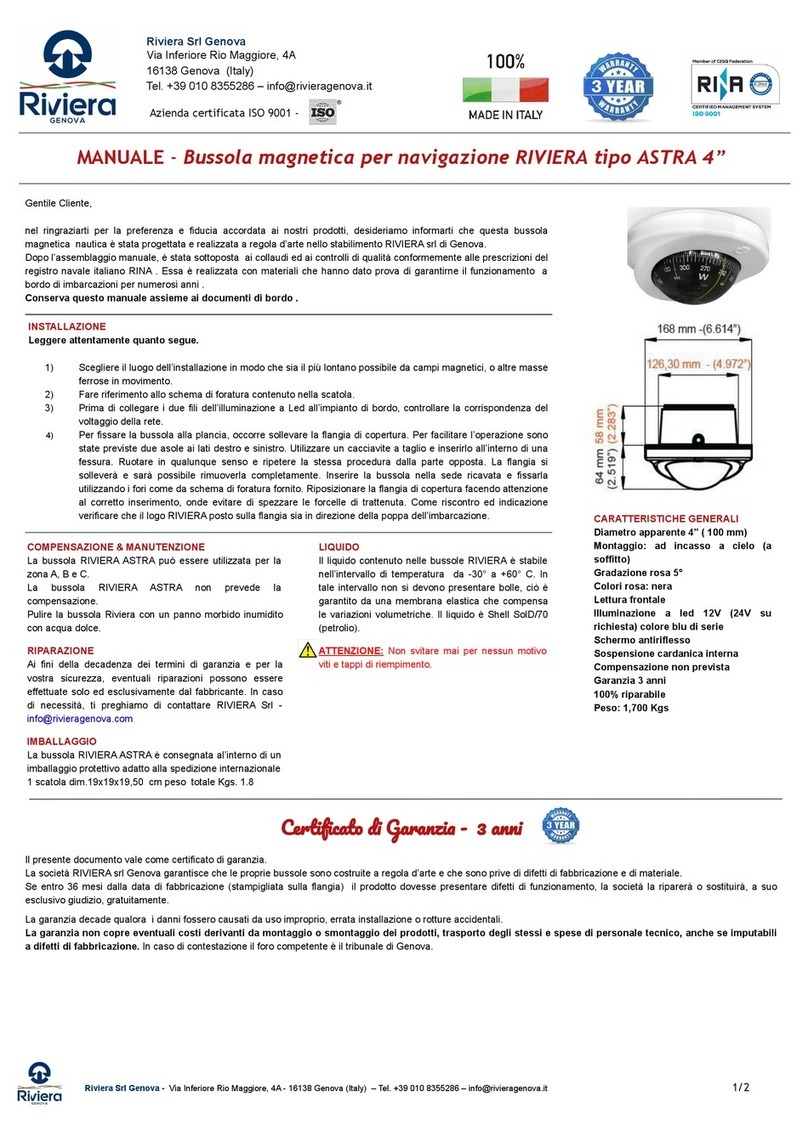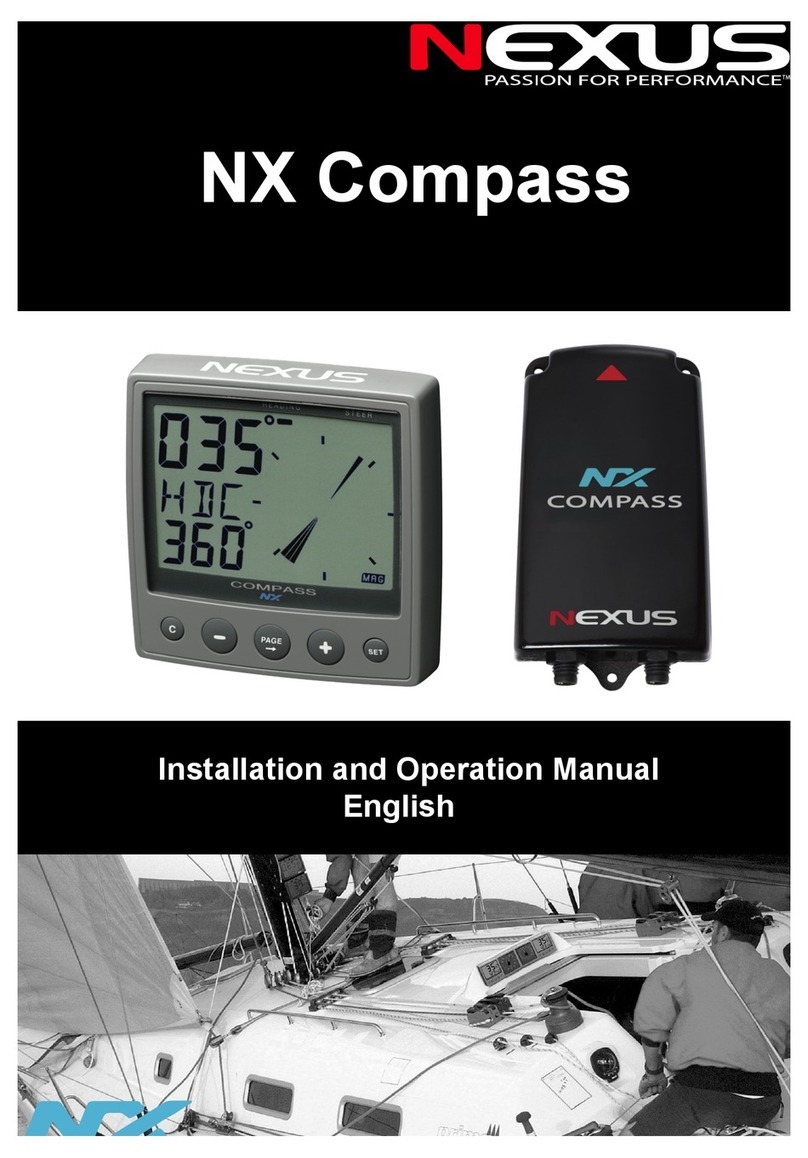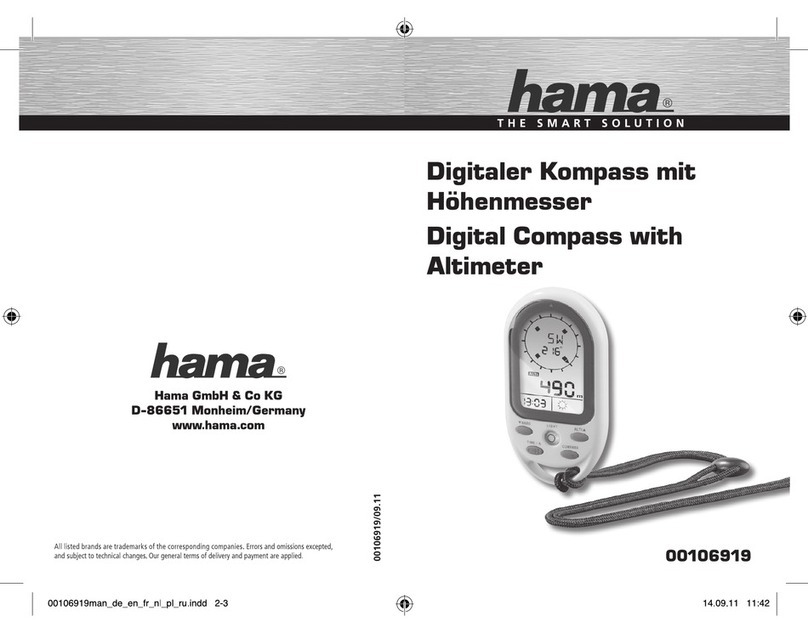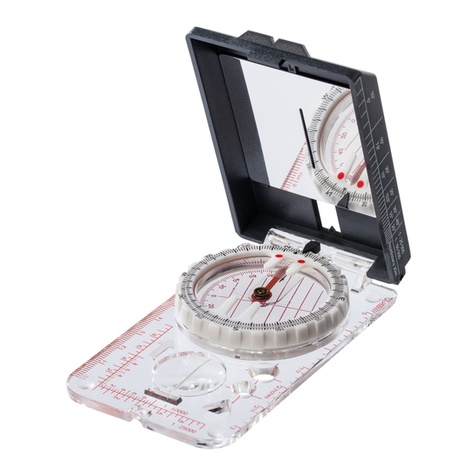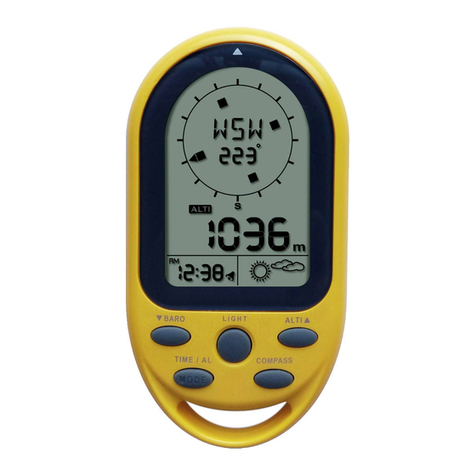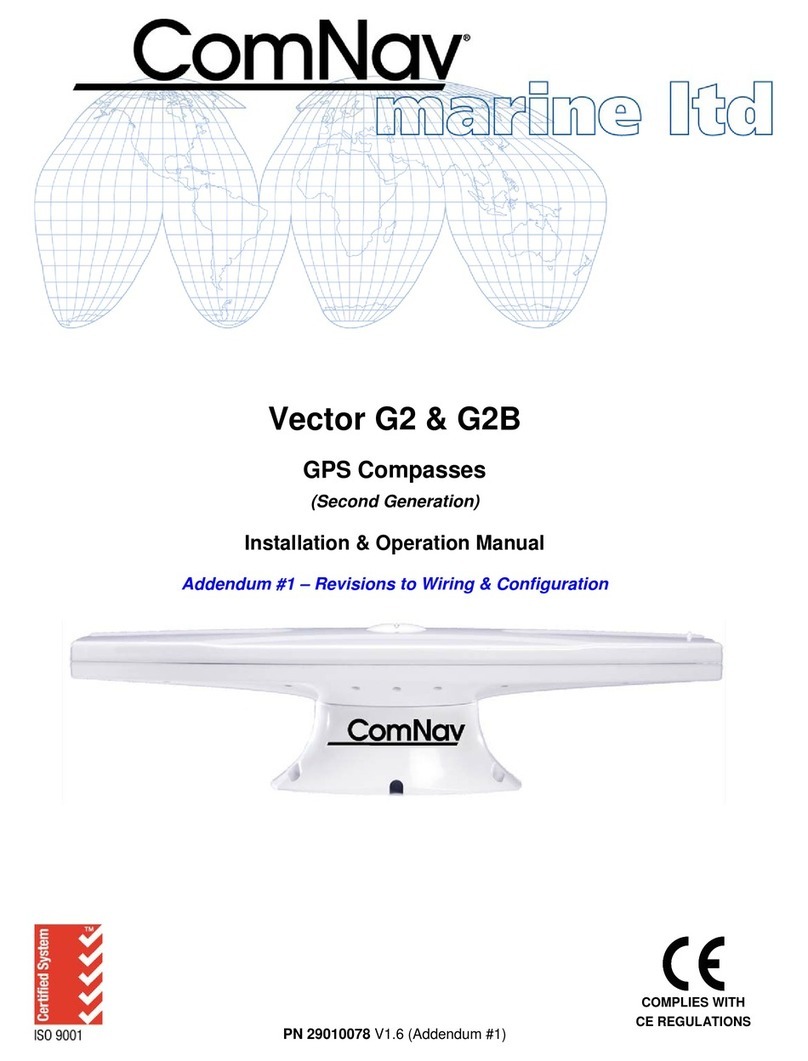A UTM position is measured
using an easting (E) and a north-
ing (N) from a known reference
point called a datum. If using a
GPS receiver, document the zone
number and map datum, indicat-
ed on the map, since not every
map uses the same local geo-
detic datum (figure 27).
The following example uses a
1:24,000 scale, USGS, 7.5
minute topo-map, with 1,000
meter grid tick marks. The 1,000
meters is indicated by the 3 small
zeros in the label (4790000mE).
10.1.a -- UTM Grid Coordinate Positioning
This example uses a 1:24,000 map & a 1:24,000 roamer scale.
1. Locate the UTM roamer scales on reference card 6.
2. Identify and document the zone number and map datum (zone 11 & North American
Datum 1927, this example).
3. Identify UTM grid tick marks and labels around the map’s margin.
4. Draw lines connecting equal value UTM tick marks (figure 28).
· A 1,000 meter by 1,000 meter square grid will form.
5. Identify and mark a position on the map with an ‘X’.
It is also possible to determine three map bearings using the compass alignment method (section
7.2, Compass Alignment). This method uses the map’s true north, so the map can be positioned
any direction while bearings on a map are determined. With compass set at sighted bearing, rotate
compass about position until the blue orienting circle is in a northerly direction, and red lines on the
graduated dial are aligned with the map’s true north-south lines.
9 – Back Bearing
A back bearing is 180° from another bearing. If you face true north (0° bearing) a back bearing is
directly behind you, or 180°. Another example: If you sight a field bearing of 320° the back bear-
ing will be 140° (320° – 180° = 140°).
When using the Eclipse8099 there is no
need to add or subtract because there are two
scales (figure 25). When sighting a bearing,
using the green scale (forward mirror sight-
ing), simply determine the back bearing by
reading the black scale. If you read the black
scale for your bearing (reverse mirror sighting,
read the green scale for the back bearing.
Figure 25 – Forward and Back Bearing
10 – Coordinate Position
Global Positioning System (GPS) receivers
are becoming a valuable navigation tools
which compliment a map and compass. GPS receivers require an understanding of coordinate
systems to locate a position. This section explains positioning on a USGS 7.5 minute, topographic
map using Universal Transverse Mercator (UTM) grid (grid coordinate system) and latitude and lon-
gitude (spherical coordinate system). The Eclipse 8099 provides Universal Transverse Mercator
(UTM) gird scales on the clear base and reference card 6.
10.1 UTM Coordinate System
Universal Transverse Mercator (UTM) is a grid
coordinate system measured from the Equator (0°
latitude) and a zone meridian. UTM flattens and
divides the Earth into 60 zones, each zone 6° wide
and each with a zone meridian down the center
(figure 26). Since UTM grid is a flat representation
of Earth, grids above 84° N. and below 80° S.
latitude are considerably distorted, and are excluded
from maps. 14 15
Figure 25
